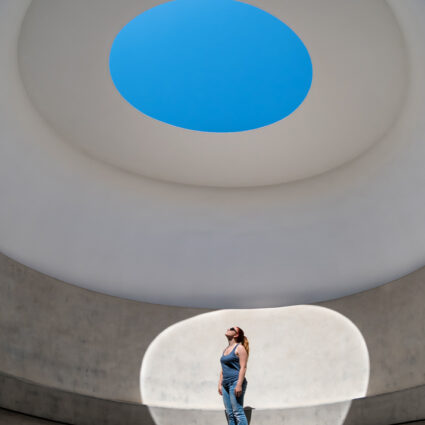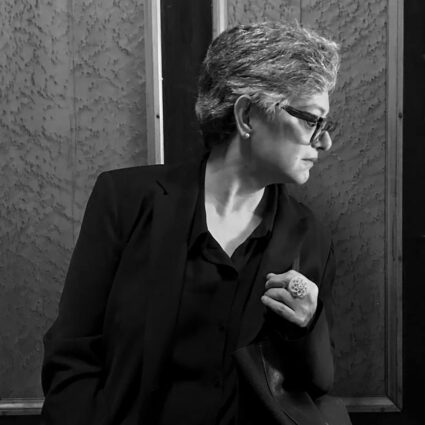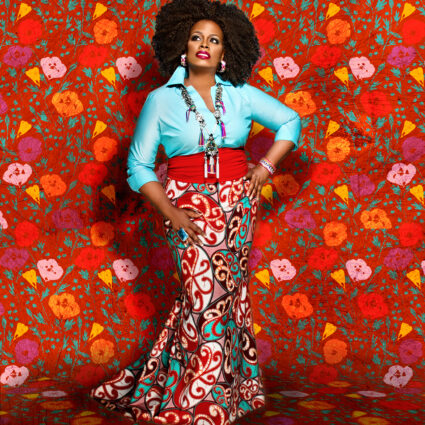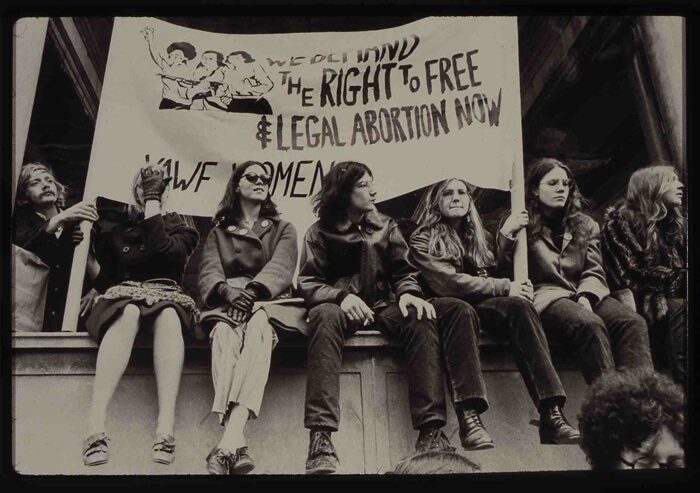
Santa Fe Independent Film Festival
October 18 – 22, 2017
Independent films often have a freedom that larger studio films just don’t permit; without the money of a big studio also comes license to explore themes that might not make millions at the box office. This freedom is apparent in the many documentaries and narrative features that are screening this week and weekend at the Santa Fe Independent Film Festival.
There are so many compelling documentaries playing at the festival this year that it’s difficult to choose only a few to highlight (I’d suggest scanning the festival’s schedule for helpful synopses of the films), but there are a few standouts. The Finding Home Trilogy (dir. Abraham Troen) was shot during and directly after the months of the 2016 election. Troen documents the lives of three LGBTQ immigrants who escaped oppressive and life-threatening situations in their home countries to build new lives in the United States. The film is a stark reminder that although our most vulnerable communities are now under threat, the US is still leagues safer and more welcoming than many other places in the world.
During many of the festival’s screenings, filmmakers will be in attendance for Q&As after their movies. Director Mary Dore will present her film She’s Beautiful When She’s Angry, which chronicles the women’s liberation movement of the 1960s. Using archival footage and interviews, Dore reminds us that the Women’s March in January was the continuation of a long struggle for women’s rights, and that diverse and radical organizers helped to shape what we now think of as second wave feminism. Groups such as Black Sisters United and W.I.T.C.H. (Women’s International Conspiracy from Hell), as well as outstanding thinkers such as Kate Millett, round out Dore’s telling of this crucial history.
Also presenting her film will be Santa Fe Art Institute’s current Equal Justice resident Jackie Munro. Munro’s first documentary feature Uno Nuevo Tierra is set on the Parajito Mesa outside Albuquerque, where a community of people subsists without water or electricity. Reminiscent of Agnes Varda’s classic documentary The Gleaners and I, Uno Nuevo Tierra is a poignant glimpse of residents’ commitment to make do with what they have and to thrive outside the confines of capitalism, often by repurposing trash and other discarded materials.
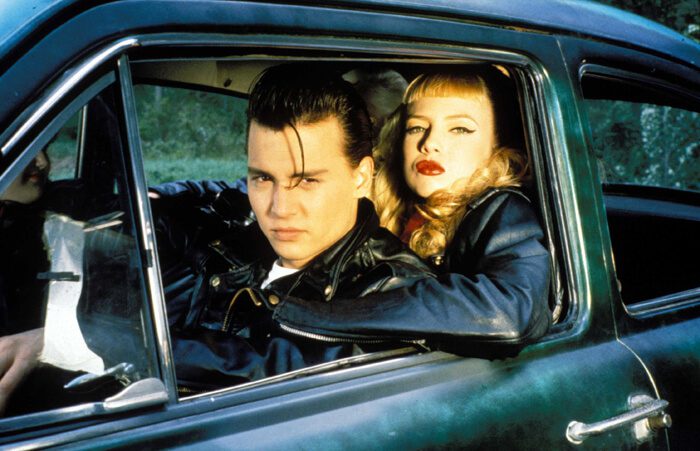
In addition to documentaries, narrative films abound at the festival, and span a wide range of subject matter and moods. I haven’t yet seen Summer 1993, but this Spanish film from director Carla Simón promises to be a heartfelt and delicate narrative of the loss of a parent as seen from a child’s perspective. Tragedy Girls (dir. Tyler MacIntyre) also looks like an excellent pick for Shocktober festivities—a murderous band of teenage girls terrorizes their high school in the tradition of Heathers and Mean Girls, but updated for the post-millennial era.
It’s worth noting, too, the established filmmakers that the festival is honoring this year: producer Maggie Renzi and director John Salyes, as well as John Waters. Renzi and Sayles have made over a dozen movies together, and the festival will feature three: Lone Star (1996), Passion Fish (1992), and The Brother from Another Planet (1984). All of these films tell stories that fly in the face of mainstream filmmaking of the 1980s and ’90s. Passion Fish passes the Bechdel Test with flying colors, and The Brother From Another Planet is an electrifying sci-fi allegory about a black man who is actually an alien, and after landing on Earth finds he has to navigate the social mores and politics of 1980s Harlem.
For John Waters fans, or for those who have not yet witnessed Waters’s iconic films, not only will Waters himself perform live at the Lensic on Saturday, but screenings of two of Waters’s films, Cry Baby (1990) and Cecil B. Demented (2000), will also show on Thursday. Cry Baby is peak Waters and also, truth be told, peak Johnny Depp. A hilarious send-up of 1950s Hollywood films such as Rebel Without a Cause and West Side Story, it’s a film that excels at all the dimensions of Waters’s campy, hysterical, and totally singular filmmaking style.
